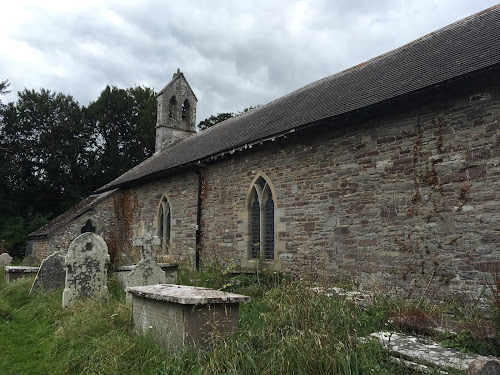More than likely in common with many other households in Britain we have a little ritual every evening after dinner that consists of sitting ourselves down in front of the television picking up the remote control and/or the Radio Times then complaining about the lack of something intellectually, emotionally engaging to watch. The word 'crap' is used. Repeatedly. Night after night, faced as we are by a never ending stream of mediocrity. Invariably we watch a repeat rather than 'live' TV. For months now we have been working the Doctor Who back catalogue. It is a cause of small wonder to me that a series that at times is so dreadful inspires such devotion.
I really have little sympathy for the 'Defund the BBC' campaign, what after all would replace it? I was lucky enough to grow up during the Golden Age of broadcasting and it has left an indelible and welcome mark on my cultural and intellectual life. I'm looking to revive not remove. However I do wonder if its demise in now inevitable, along with say the mainline Protestant churches and the Universities - particularly the humanities departments. They really are, frankly, fucked. Some museums, newspapers and, here in the UK, the National Trust seem to be heading the same way. All of these organisations have positioned themselves as 'Blue Church'*. The recent BLM debacle post-Covid is not the real agent of this change, but the symptom of a greater cultural decline, which is a failure of purpose rooted in the collapse of narrative and in particular the collapse of religion. We are in the midst of a meaning crisis and Identity Politics, as Douglas Murray as so convincingly argued, is an attempt to establish a new metaphysics, a new meta-narrative. Yet another one, and one (I would argue) that has only intensified the crisis.
Anyway enough with the pontificating, last week the bf came to the rescue and helped slough off the ennui with this wonderful film directed by Jean Renoir and based on the eponymous novel by Rumer Godden (1907-1998). It is a delight. Engrossing and visually rich. It seemed to me rather like the contemporary work of Powell and Pressburger, a feeling enhanced by the presence of actor Desmond Knight who appeared in a number of the latter's films.
The setting is India during the British Raj, the time the early 1920s - the aftermath of WWI. Important that. The film is, essentially, the evocative re-telling of Godden's own admittedly idyllic childhood. Not that it doesn't contain an iron fist in that velvet glove, but to explain that would be to reveal too much of the plot. It does however contain a familiar theme in Godden' work: the emergence from childhood of a young woman, with all its blind rages, joys and losses. A process here initiated by the arrival of a wounded American soldier, who inadvertently brings conflict in his wake as three characters vie for his attentions. The political situation in India as the independence movement gathered pace is handled tangentially. (It does not occur at all in the book.)
This will, no doubt, annoy some - but ignore the ire of the woke with all their simplistic puritanical censoriousness. (Intellectually its all pretty fraudulent in any case). Sit back and enjoy this quiet masterpiece. Of the two cinematic adaptations of her work - the other being 'Black Narcissus' - this apparently was Godden's favourite.
* for a definition of the 'Blue Church' and its opposite the 'Red Religion' see the work of Jordan Hall and Rebel Wisdom
The River
1951
Director: Jean Renoir
Cinematographer: Claude Renoir


